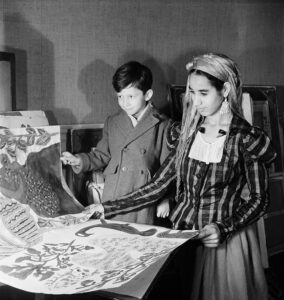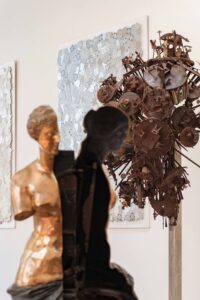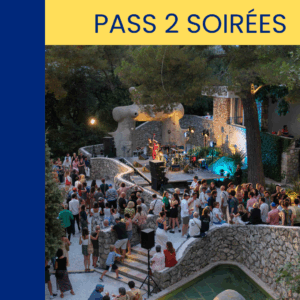
La partie de campagne
This painting is the final version of three variations on this theme that meant a lot to the painter which celebrates social news in this case, paid holiday having been introduced. Léger also took on Le déjeuner sur l’herbe by Edouard Manet which created a scandal in 1863, particularly because the central group showed a naked woman in a landscape, next to clothed men. Here he abandoned the fragmentation of space found in the analytic cubism of 1912 to depict a scene of outdoors leisure – not without an element of derision – where you can tell that everything is not all going according to plan. The landscape is the opposite of naturalism, constructed in particular thanks to the theory of “free colour”, closed by a Japanese tree on the right, and is represented with signs, the sun and summer air by joyful colourful flat tints overlaid transparently on black linear figures, and with no connection between them.
Fernand Léger (1881-1955)
It was in May 1949, with the “Abstract Art” exhibition organised at the Galerie Maeght in Paris by Andry-Farcy, curator at the musée de Grenoble, and Michel Seuphor, which started off the collaboration between Fernand Léger and Aimé Maeght. And it was on the recommendation of Fernand Léger that Marguerite and Aimé Maeght visited the United States, to overcome their grief following the death of their youngest son Bernard. After visiting several American foundations – Barnes, Philips, Guggenheim – they decided to create a place where they could bring their collection together and provide a place for their artist friends to work together and discuss ideas.



